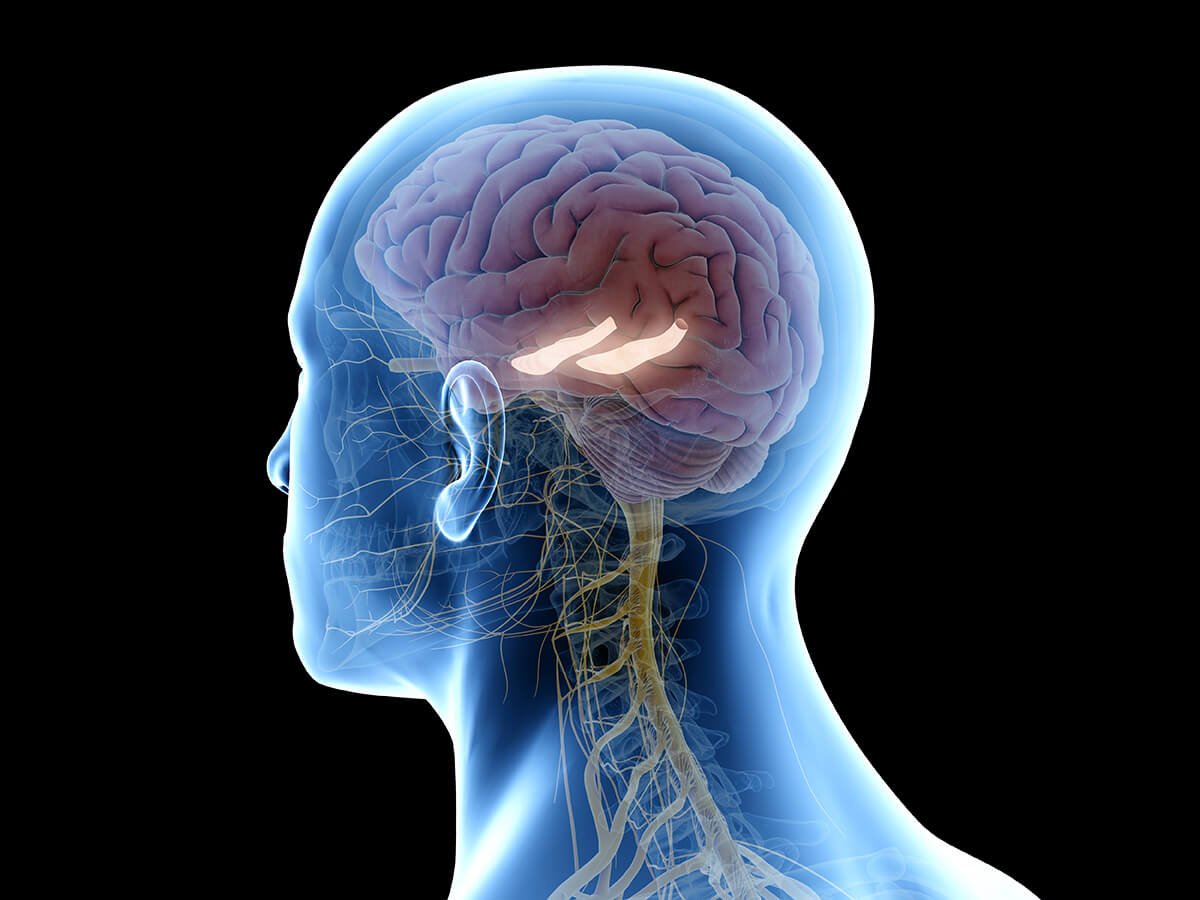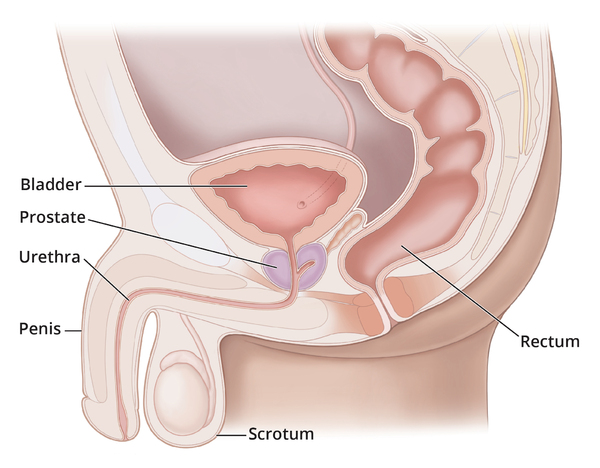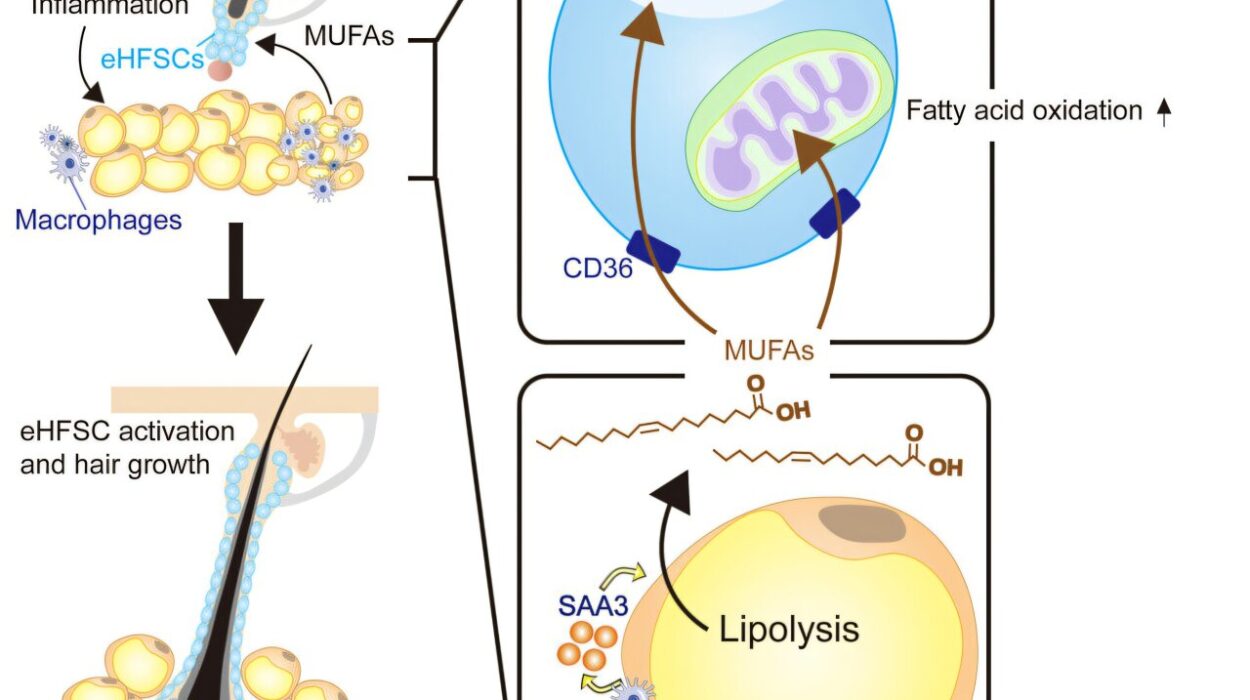A recent study published in the European Journal of Neuroscience has provided new insights into how childhood maltreatment can leave lasting imprints on brain structure, especially in the context of experiencing romantic relationship breakups in young adulthood. The research highlights a fascinating interaction between early life adversity and subsequent stressors, suggesting that individuals who endure childhood maltreatment are more vulnerable to changes in brain structure when later faced with stress, such as a breakup. These findings add to our understanding of how trauma in childhood, combined with the stress of later life events, can impact mental and emotional health throughout the lifespan.
The Study: Linking Childhood Maltreatment and Relationship Stress
The study, led by Henriette Acosta of the Philipps University of Marburg and the University of Turku, aimed to explore the connection between childhood maltreatment, romantic relationship breakups, and hippocampal volume—a brain region critical for memory, emotional regulation, and stress response. Previous research has long shown that individuals who experience childhood maltreatment are at higher risk for developing mental health disorders such as depression, anxiety, and posttraumatic stress disorder (PTSD). However, the exact mechanisms by which early adversity affects brain structure remained somewhat unclear, particularly when looking at younger populations.
The researchers focused on the hippocampus, a key brain structure involved in memory consolidation and emotional regulation. Smaller hippocampal volumes have been consistently linked to a variety of psychiatric disorders, including those related to chronic stress. Interestingly, while reductions in hippocampal size are typically observed in adults who have experienced prolonged stress, such changes are rarely seen in children or adolescents, leading researchers to hypothesize that later life stressors might accelerate or exacerbate these changes.
Acosta’s research bridged two important lines of inquiry: the long-term effects of childhood maltreatment and the ways in which life stressors, such as romantic breakups, can affect brain structure. The team specifically wanted to investigate whether the combination of early adversity and later stress could amplify the effects on hippocampal volume in young adults.
The Participants: A Closer Look at the Sample
The study involved 196 healthy young adults, with an average age of 24 years, all of whom were university students with no history of major psychiatric disorders. The sample consisted of a balanced mix of male and female participants. The researchers used a combination of self-report questionnaires and magnetic resonance imaging (MRI) scans to gather information about participants’ childhood experiences and their romantic relationship histories.
To measure exposure to childhood maltreatment, participants filled out the Childhood Trauma Screener, a tool designed to assess experiences of emotional, physical, and sexual abuse, as well as neglect. The researchers also assessed participants’ experiences with romantic breakups through a questionnaire that asked them about their history of ending serious, committed relationships.
Key Findings: Interaction Between Childhood Maltreatment and Breakups
The researchers’ analysis revealed several important findings. First, they discovered that childhood maltreatment alone was not significantly associated with changes in hippocampal volume in young adults. In other words, simply having a history of maltreatment did not appear to directly impact the size of the hippocampus. However, this changed when participants had experienced at least one romantic breakup.
Those with a history of childhood maltreatment who had also gone through a breakup showed smaller hippocampal volumes in both the left and right hemispheres compared to individuals who had experienced childhood maltreatment but had not gone through a breakup. This suggests that the stress from a romantic breakup interacts with the brain’s response to early maltreatment, leading to notable changes in hippocampal structure.
Interestingly, the study also revealed a potential dose-response relationship, meaning that individuals who experienced more severe maltreatment during childhood showed a more pronounced reduction in hippocampal volume, especially if they had also gone through a breakup. However, in participants who had not experienced a breakup, the relationship between childhood trauma and hippocampal volume was less straightforward. In some cases, greater levels of childhood trauma were even weakly associated with larger hippocampal volumes, which the researchers speculated might reflect resilience in certain individuals.
These findings were particularly significant because they pointed to the possibility that childhood maltreatment might not directly cause hippocampal shrinkage, but rather, that the stress from later life events like a breakup might trigger or exacerbate these structural changes. Additionally, the study observed that the left hippocampus appeared to be more affected than the right, with experiences of neglect (as opposed to abuse) having a stronger association with hippocampal volume reductions.
Buffering Effects: The Role of Stable Relationships
Another intriguing aspect of the study was the role that stable romantic relationships appeared to play in buffering the negative effects of childhood maltreatment. The study found that participants who were currently living with a romantic partner at the time of the research showed weaker associations between childhood maltreatment, breakups, and hippocampal volume. This suggests that supportive, stable relationships might offer some form of resilience, helping individuals cope better with the cumulative stress of earlier trauma and later life challenges.
As Acosta pointed out, the findings align with behavioral research that shows maltreated individuals often struggle with coping strategies in adulthood, especially when dealing with key developmental tasks, such as navigating romantic relationships and the inevitable breakups that come with them. This study provides evidence that a stable relationship in young adulthood might help shield individuals from the potentially harmful effects of early adversity.
Understanding the Implications: Stress Sensitivity and the Path to Psychopathology
The study’s results underscore the idea that childhood maltreatment may increase an individual’s sensitivity to stressors throughout life, making them more susceptible to the development of mental health disorders. The researchers argue that this increased stress sensitivity could help explain why maltreated individuals are more vulnerable to psychiatric conditions later in life, particularly in the face of significant stress, like relationship breakups.
The findings also support the view that hippocampal shrinkage can be a marker for the development of adult psychopathology, as smaller hippocampal volumes are commonly observed in individuals with stress-related disorders such as PTSD and depression. The study also points to the cumulative effects of trauma, suggesting that multiple adverse experiences across the lifespan, rather than isolated events, may have the most profound impact on brain structure and function.
Limitations and Future Research Directions
While the study provides important insights, it is not without its limitations. One notable concern is the retrospective nature of the data. Participants were asked to recall their experiences of childhood maltreatment and romantic breakups, which is inherently prone to memory biases and the possibility of underreporting. Future studies with longitudinal designs could provide a clearer picture of how these experiences interact and evolve over time.
Moreover, the study was cross-sectional, meaning that it cannot establish causal relationships between childhood maltreatment, romantic breakups, and hippocampal volume. Longitudinal research, tracking participants over an extended period, would be necessary to fully understand how these factors interconnect and influence brain development.
Conclusion
This study contributes to a growing body of research that seeks to understand the lasting effects of childhood maltreatment on brain development and mental health. By demonstrating that the stress of romantic relationship breakups may exacerbate the consequences of early adversity, it highlights the complex interplay between early-life experiences and later life stressors. Importantly, the findings suggest that stable, supportive relationships may provide a protective buffer, helping individuals better cope with the challenges posed by childhood trauma.
The study also emphasizes the need for continued exploration of how brain structures, such as the hippocampus, change in response to trauma and stress. With further research, these insights could ultimately inform interventions and therapeutic strategies for individuals who have experienced childhood maltreatment, helping them better navigate the challenges they face in adulthood.






